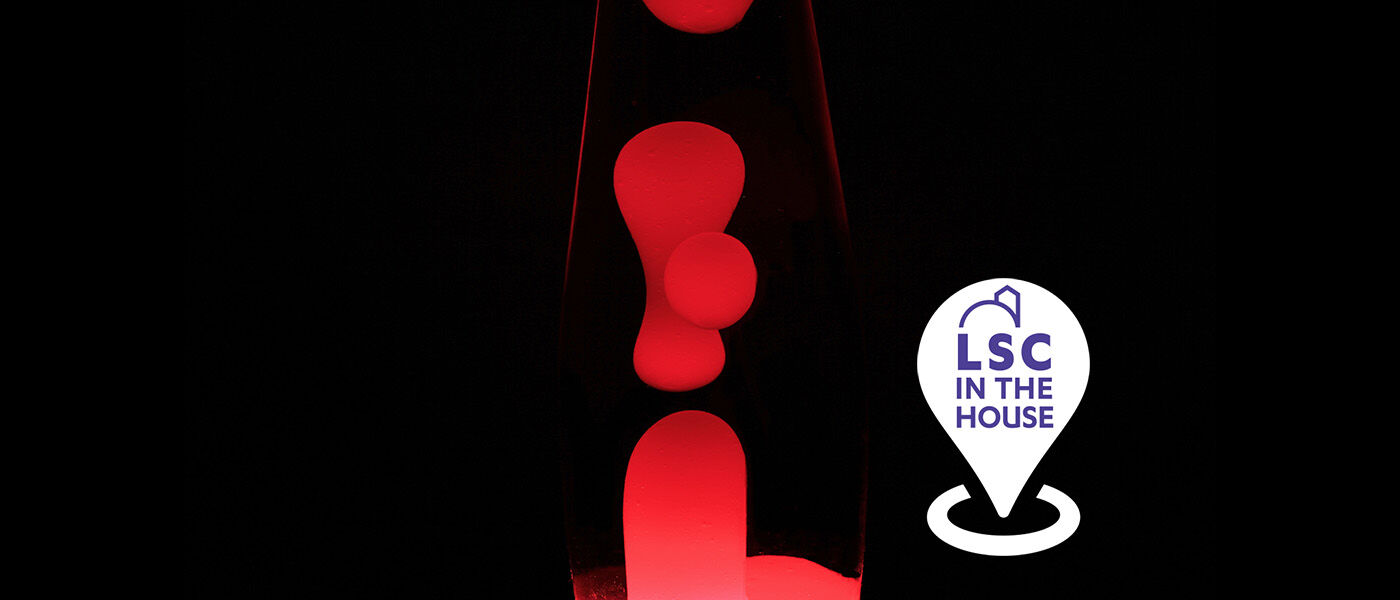Lava Lamp Experiment
Activity Time: 30 minutes
Recommended Grades: Pre-K to early primary with adult supervision
Objectives: In this experiment, you will see how density and polarity, when they are powered by the release of a gas, cause a reaction between oil and water.

- two glasses or jars, 12 - 16 oz.
- water
- vegetable oil
- food coloring
- Alka-Seltzer tablets

- In one glass, place ½ cup of water and add food color.
- Break one of the Alka-Seltzer tablets into 2 or 3 pieces and set aside for later.
- Fill the other glass ¾ full with vegetable oil.
- Add the colored water and stop 2 inches from the top.
- Add the Alka Seltzer pieces one at a time to the glass.
- Observe what happens.

A few different science principles are at play, here. The first is density, which roughly means the number of molecules of a substance in a specific volume compared with that number in another substance. Think of how the glass appeared when you first added the water to the oil. Which substance goes to the bottom? That one has greater density.
Another principle is polarity, which is a little more complicated. Water molecules have partial electrical charges, which enables water to break down other molecules. But oil molecules do not have these charges. Oil is not polar, and that is another reason it doesn’t mix with water.
The final principle is acidity. Alka-Seltzer contains acid and antacid. An acid combines with the water to make a fizzy effervescence. Alka-Seltzer also enables the oil and water to combine to create the colorful spectacle in your glass!
Key Terms
Density - the degree of compactness of a substance
Polarity - having opposite electrical charges
Acidity - having acid, which is a corrosive chemical substance

